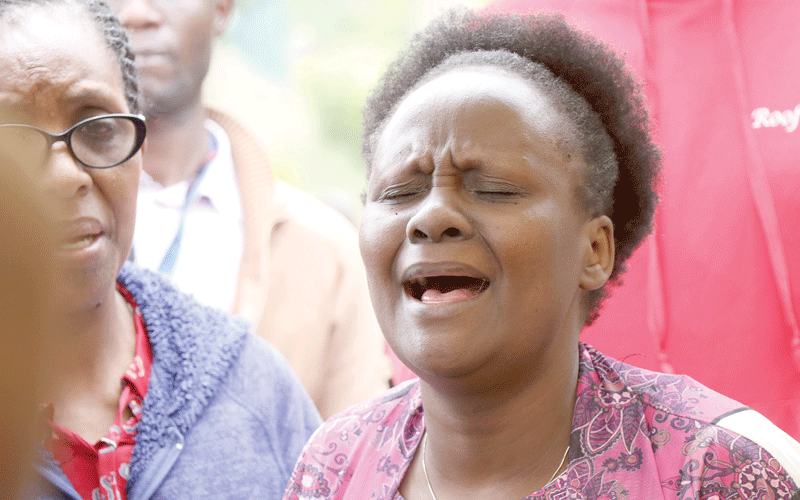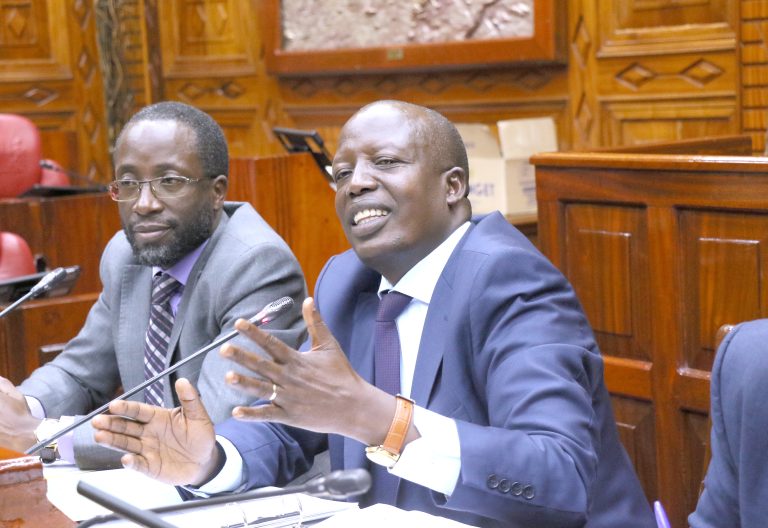Have authorities given up on disaster preparedness?

Seven days ago, a vehicle slid off the ferry mid-crossing at the Likoni channel in Mombasa and disappeared into the depths of the ocean. In the vehicle was a mother, Miriam Kidenga, and her four-year-old daughter, Amanda Mutheu.
Now a week later, the vehicle and its occupants are yet to be recovered despite a multi-agency team attempting rescue operations since the day the accident happened.
Looking at the Likoni case, it is clear there is zero contingency in place in case of an accident, or, God forbid, a disaster. How do you institute disaster preparedness after it strikes?
It is a process that involves putting in place a comprehensive plan to deal with calamities that have not happened.
The first step is security systems—how are cars and people secured while on the ferry. The second is an alarm system. When something happens, what triggers the first alert, who issues it, where is it received and who co-ordinates the response?
In airports, there are always fire engines and fire fighters fully equipped for any eventuality in case of an accident in the vicinity of the airport. What security measures does the Kenya Ferry Services (KFS) have permanently in place as part of their operations?
At the very least, there should be a patrol boat on standby during all the hours the ferry is operating, ready to move within minutes to the scene of an accident involving the ferry and act as first responder.
This patrol boat should have divers on the ready, capable of being mobilised in minutes, and first aid kits. It should be complemented by a sea ambulance that is always on standby. Miriam and her daughter would, in all probability, have been saved had this system been in place.

Some 320,000 people, nearly 100,000 more than the population of a few counties, put their lives in the hands of the ferry services every single day. Does the endless possibilities of accidents bother anyone?
What of the ferry itself? This is a vessel that is traversing a deep channel daily, carrying thousands of people, and hundreds of vehicles. Does it have a first aid capacity on board, trained first-responders with requisite equipment?
Does it have firefighting equipment, just in case a car caught fire? Does it have marshalls making safety checks just before it moves off? Does it have adequate life jackets? What about a backup engine in case of engine failure?
Take note, that a country’s, or even institutional, response to a disaster is premised on their disaster preparedness. In other words, do not expect a concerted, well-organised and coordinated rescue effort during disasters when there is no disaster preparedness structures in place.
The question then begs, how prepared is the country and her institutions for disasters? The thing is that these tragedies are happening in Kenya regularly, yet they are met with the same tepid response, ranging from poor to disastrous.
So what ails our disaster preparedness? From the various catastrophes that have taken place in Kenya, it is clear there are no attempts to be serious about disaster preparedness. It is to be recalled that in October 2017, a helicopter crashed into Lake Nakuru. Two bodies were never recovered despite recovery efforts that took place for three months.
Did the concerned authorities sit down and undertake a review of that rescue effort, and what needed to be done to ensure better outcomes?
Disaster after disaster in Kenya demonstrates that the country is learning nothing from these accidents. There is, apparently, no learning, no leadership, and no agenda on disaster preparedness.
The way the whole disaster ecosystem is managed in Kenya paints a picture of an agenda that has been dropped from any priority list.
When you consider that Kenya has a fully fledged National Policy on Disaster Management, a national disaster fund to finance all emergency rescue, recovery and rehabilitation, and a National Disaster Management Authority, then you know the country is doing badly.
The only conclusion is that Kenya has given up on disaster preparedness, and is resigned to dealing with emergencies on an ad hoc basis, with disastrous results. -— gathukara@gmail.com








